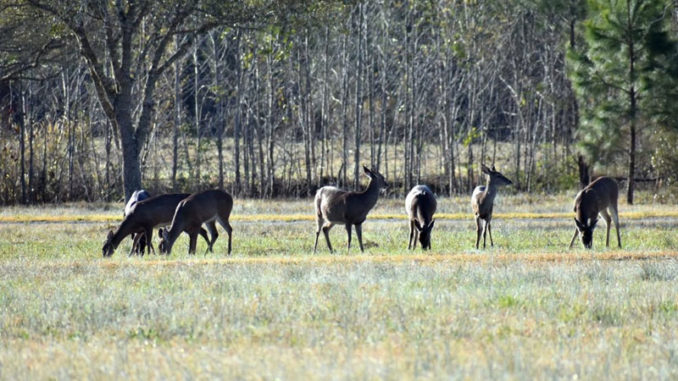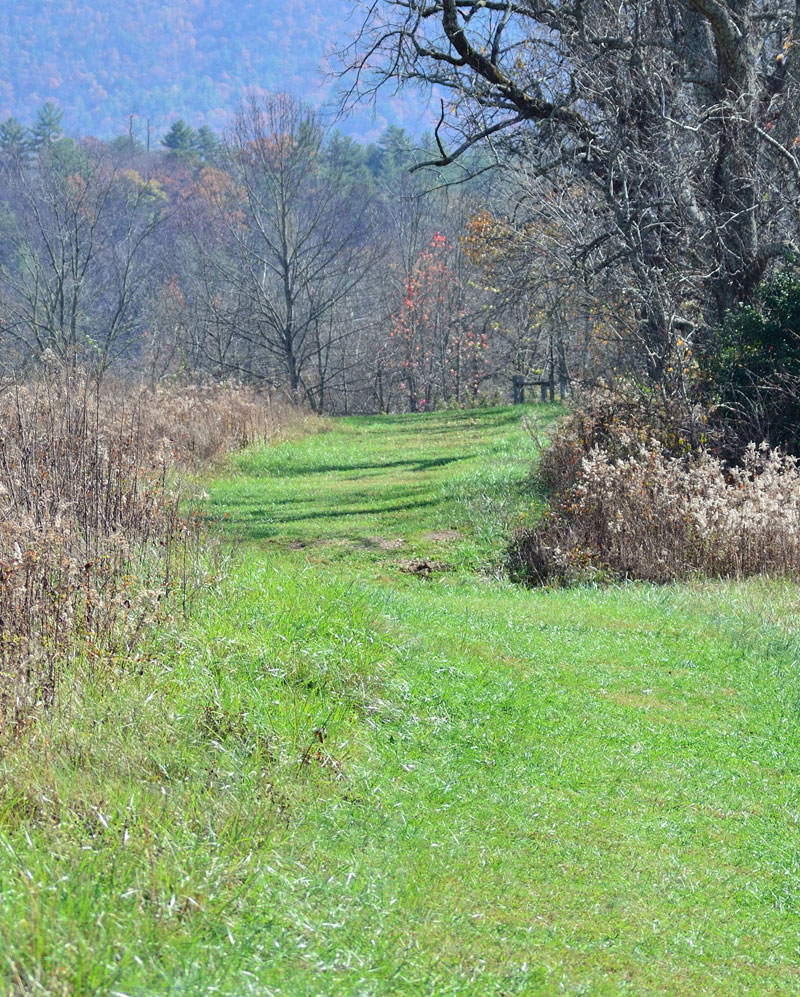
Offer up some food for last-chance bucks
By December, most hunters have killed their trophies and loaded up the freezer with venison steaks, sausage and enough burger to feed an army. But deer season is far from being over. The last month can be one of the best times to take that big ’ol buck that has eluded daylight encounters all season.
The best way to get a big deer to come back around is to bring him a something to eat and maybe even entice a lingering bed mate to a dinner date in a field of green.
Deer seasons in the Carolinas are some of the longest in the country. Most hunters bag their bucks either in pre-rut during bachelor-group season or during the peak of the rut when does and bucks are on their feet nearly the entire day and night. But everything slows down, and most does will be bred by Thanksgiving, if not earlier.
December is a unique time when hormonal rushes are subsiding, and a different need becomes painfully apparent. Deer have expended a ton of energy, and fat reserves are depleted. With the season shifting into winter, the drive to eat increases with every passing day. High-quality food sources — or really, any reliable food source — can pull deer in from all over during December. And natural food sources are becoming more and more scarce.
Hungry boys, too
It is not just the does coming into reliable food sources. Mature and immature bucks that remain on a property will seek out solid food sources this time of year, and they will come in day or night.
That old buck that has eluded hunters all season will slip into these food sources and gobble up as much as he can. Hunters should not be surprised when they come in during the middle of the day, either. Even though these deer have been busy chasing each other all season, they have also noticed when hunters are coming into the woods, and a daytime visit isn’t off the table. Deer are famished and want to eat.
Refresh the menu

(Picture by Jeff Burleson)
The quickest and easiest way to get deer to pile into an area you’re covering from a stand is always going to be supplemental feeding. Corn, sweet potatoes, soybeans or any other quick-energy source will bring deer in from afar and will keep them feeding, but they will eat it about as fast as you can dump it out, especially when temperatures drop below freezing after dark.
Fall food plots can be hotspots, especially when white clover, brassicas or other cool-season dominants are flourishing and providing ample nutritional options. But quite often, food plots get hit hard and can be diminished by December. A new food plot may sound like a waste of energy, but certain seeds can flourish and provide a solid food option for deer in winter. Luckily, soil temperatures remain moderate and are still providing a good list of options.
Catcher in the rye
One of the best fall options for immediate returns is ryegrass. This quick green-up option will germinate nearly immediately and will erupt from the soil surface in 36 to 72 hours. Planting rye is an inexpensive option, too. It can be broadcast over a mildly worked seedbed at a rate between 50 to 100 pounds per acre. Ryegrass seed ranges some in price, but it’s generally sold for around $1 per pound, an inexpensive option for a late-season planting.
For best results, seed should be lightly covered using a chain harrow, only covering the seed approximately ¼- to 1/8-inch. It’s always good to apply some fertilizer at planting to provide ready nutrients.
While there are specialized fertilizers available, any balanced fertilizer at a rate of 200 pounds per acre will help jump-start this seed and provide the necessary nutrients for a quick green up.
Ryegrass is easily digestible for deer; it provides 15% to 20% crude protein. Rye may not be as tasty as yellow gold, but deer sure will flock to a newly emerging crop in December. Fortunately, ryegrass prefers cooler temperatures and will grow all winter and into the spring.
December may not be the perfect time to plant food plots or hunt deer. But is it? For the diehard trophy hunters out there, December can bring big rewards to hunters with dedication in the woods because that mature buck may just step out on a newly planted rye plot with food on the brain.




Be the first to comment